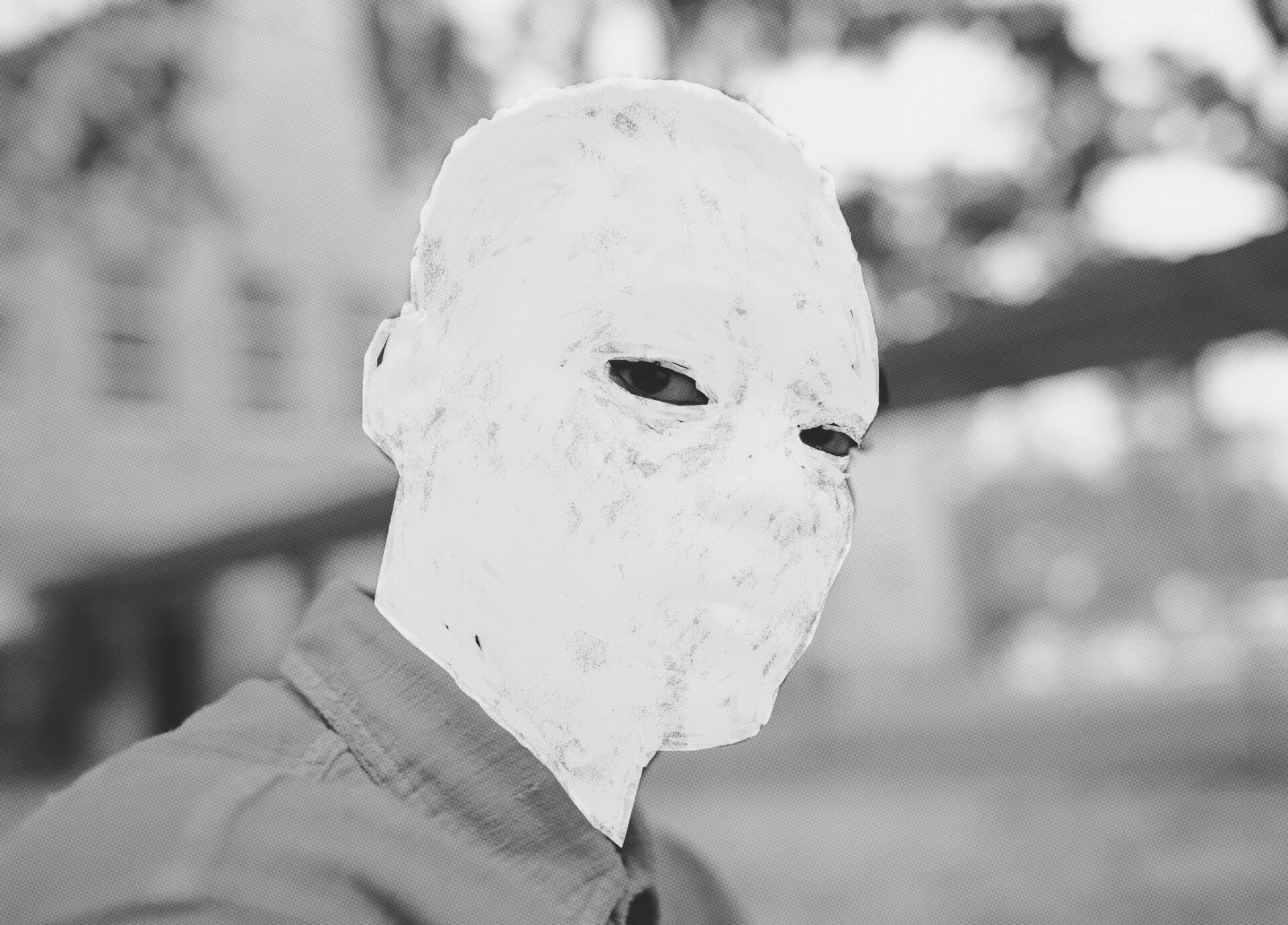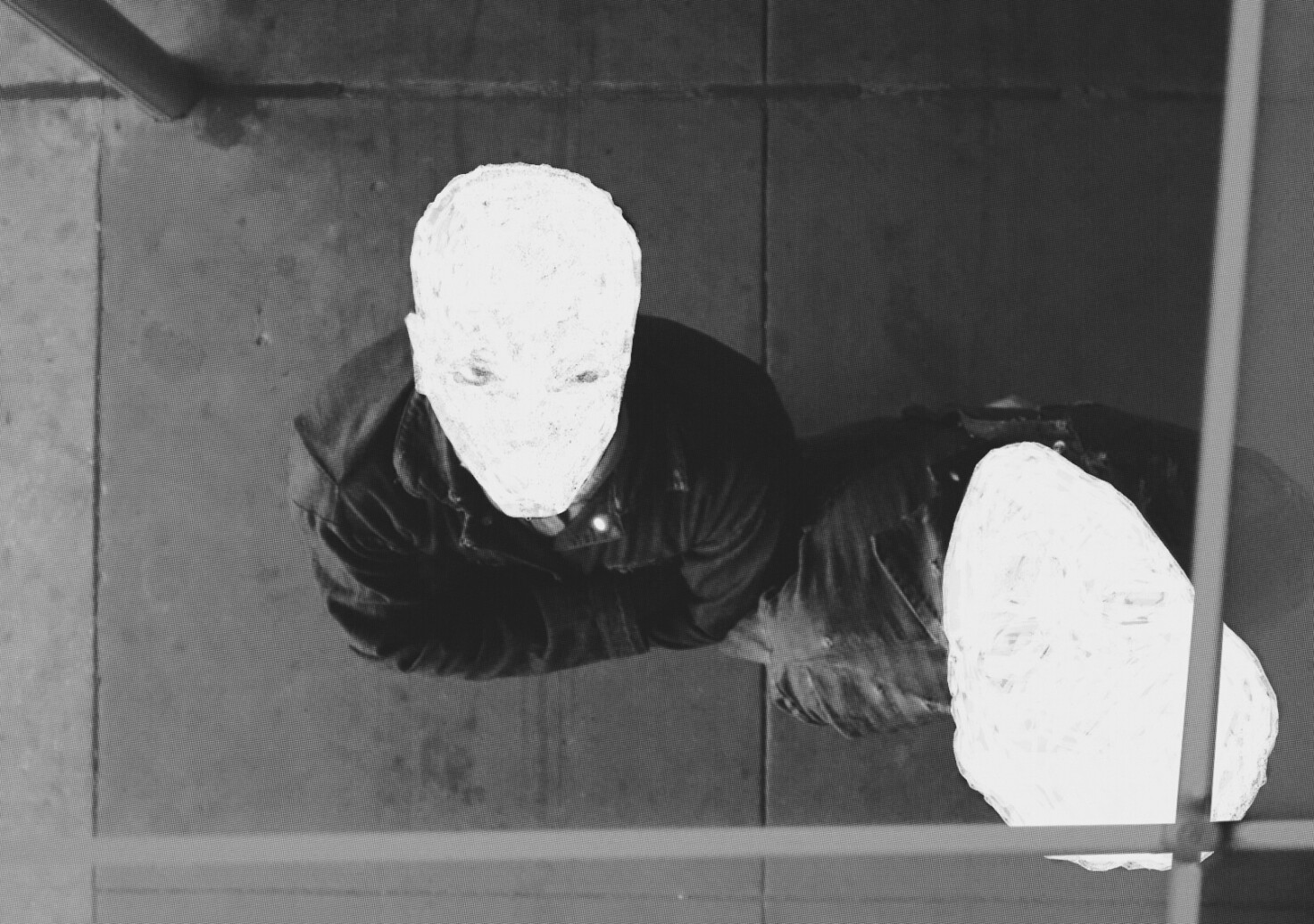Jomo Fray’s cinematography was absolutely beautiful. Aunjanue Ellis-Taylor gave a deeply felt and tender performance. RaMell Ross’s direction was inspired. But I didn’t want to see the Academy hand out yet another award for hours of Black torture and death.
Nickel Boys is the second on-screen adaptation of a Colson Whitehead novel, following Barry Jenkins’s limited series The Underground Railroad (2021). It is rare indeed for a Black author to see so many adaptations of their work, let alone two in a three-year span, both helmed by Black directors. It’s no small feat. Yet the content of both adaptations rankles, itches, and irritates the skin. Because it should matter what we adapt. We should notice what stories garner the applause of the mostly white Academy. It should matter how we portray our own endings, especially in speculative retellings. And both of Whitehead’s most acclaimed works leave us, Black people, only a legacy of pain and loss—dead in a field with no future.
In 2018, I bought Whitehead’s award-winning book The Underground Railroad at an airport bookstore. By then, it was already an NAACP Image Award finalist and had spent months on The New York Times Best Sellers list. Whitehead’s novel had also won the Pulitzer Prize for fiction, the Zora Neale Hurston/Richard Wright Legacy Award, and the National Book Award. Since its 2016 debut, white colleagues repeatedly asked if I had read the book. Their emotional insistence—“You should read it!”—kept me at bay. I had witnessed identical reactions to books like Chris Cleave’s Little Bee (2008) and Tayari Jones’s An American Marriage (2018). Books that left me with a feeling of vertigo, wondering what exactly I had just read. And with those stories, the support of Black tastemakers like Oprah and the Obamas seemed geared toward attracting white empathy rather than championing art that displayed a nuanced Black experience. But a long layover will slay even the most stalwart contrarian.
I remember reading the final pages of the book and being shocked. I could not reconcile why someone would end this book that way. I flipped back to the cover, looking at all of the accolades written with exclamation points and hero fonts. I thought maybe, just maybe, somewhere in the last five pages, Whitehead would somehow rectify the enormous wrong he’d heaped upon his protagonist. He had to. How else would such a book have been at the top of so many lists?
In the novel, Whitehead’s protagonist, Cora, leaves the Georgia plantation of her birth and for the next 336 pages proceeds on a harrowing, Forrest Gump-esque tour of slavery. Every bad thing that could happen to someone fleeing enslavement happens to Cora: her mother dies trying to rescue her from the plantation, Cora is raped, and she is chased relentlessly through every state by her former enslaver. She finds a semblance of life in South Carolina, but then realizes she and the other Black people there are unwitting participants in a syphilis experiment. Every person who helps Cora or escapes with her is killed mercilessly. And finally she finds love and respite at a Black-owned compound in Indiana. As readers, we think we can finally breathe. Cora is free. She is walking into a future with love and tenderness. But then Whitehead decides to murder Cora’s lover in cold blood, a graphic death that we witness in excruciating detail. Cora is apprehended by her former enslaver, whom she eventually escapes. The book ends with her on the run again, forever suspended in uncertainty.
Many critics have lauded the speculative nature of Whitehead’s writing. In his imagination, the Underground Railroad was not the real-world motley assembly of above-ground waystations, but rather a magical train that could move undetected beneath the embattled lands of the antebellum South. But the speculative aspect of this work is precisely what makes the ending so cruel. Why not wings for Cora? A version of Toni Morrison’s Milkman in Song of Solomon (1977), able to fly over the cursed land below her. Why not a power so complete that her enslavers are doomed? Like, N. K. Jemisin’s Essun from The Broken Earth trilogy (2015–2017), able to bring an unjust world crumbling down around her with her last breath. Why not allow Cora to ride off into the sunset with her loved ones? A battered but triumphant team, something like Jordan Peele’s OJ and Em from Nope (2022).
Speculative fiction provides an opportunity to imagine what never was and what has yet to be seen. It doesn’t require utopia or catharsis, but it does require us to imagine our own world differently. To a degree, Whitehead’s writing seems to understand that; after all, he allows Cora to escape her pursuer via a magical train. But even in a dreamlike narrative, this Black author does not seem to think his protagonists are worthy of any justice or true peace.


